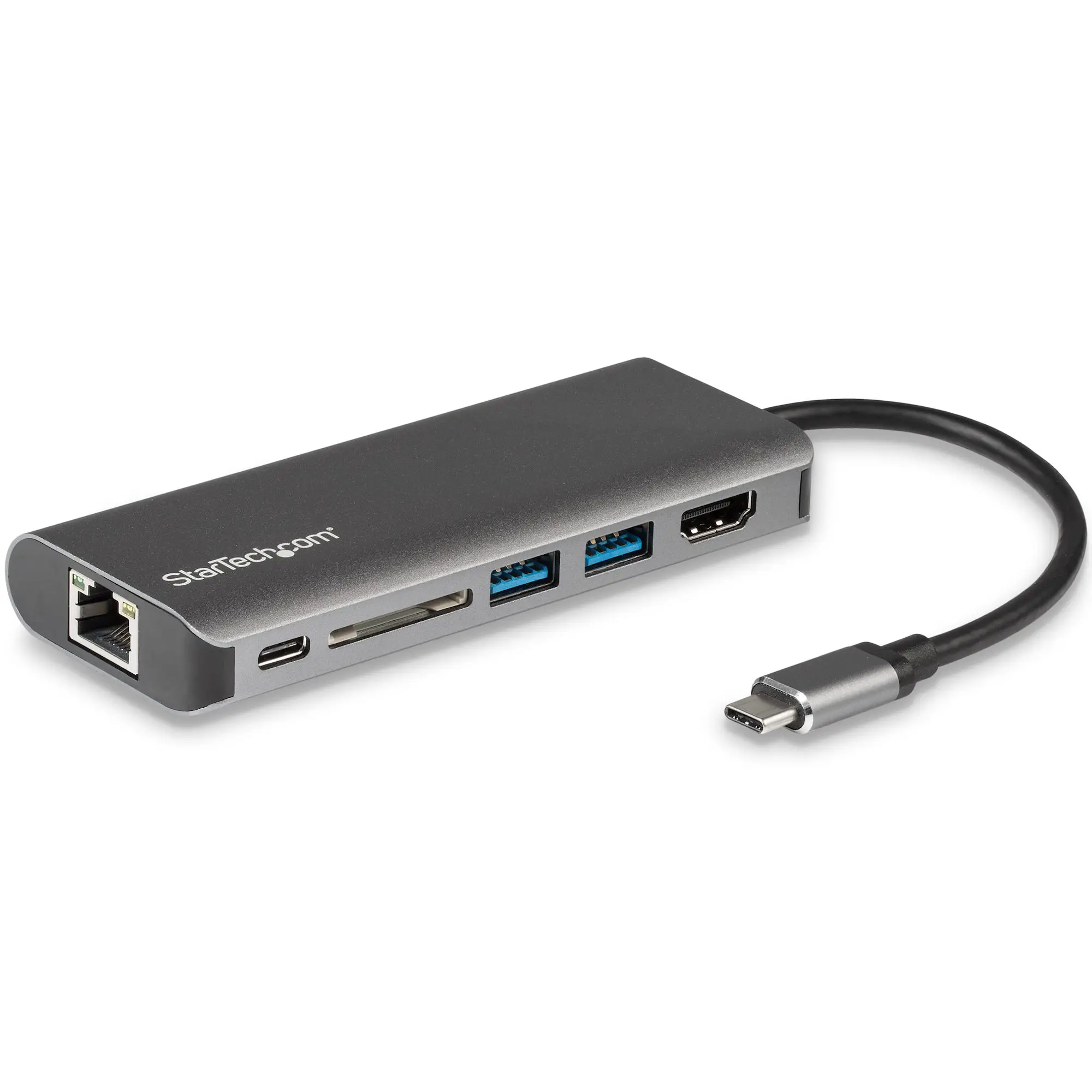How does a USB-C to USB 2.0 to DVI adapter work?


USB-C to USB 2.0 to DVI adapters are versatile devices that allow users to connect their USB-C enabled devices to DVI monitors or projectors. These adapters are particularly useful for individuals who have older display devices that do not have USB-C ports. In this article, we will explore how a USB-C to USB 2.0 to DVI adapter works and discuss its various features and benefits.
Understanding USB-C
USB-C, also known as USB Type-C, is a relatively new standard for USB connectivity. It is a small, reversible connector that can transmit both power and data. USB-C ports are becoming increasingly common on modern devices such as laptops, smartphones, and tablets. One of the key advantages of USB-C is its ability to support multiple protocols, including USB 2.0, USB 3.0, Thunderbolt 3, and DisplayPort.
USB-C to USB 2.0
A USB-C to USB 2.0 adapter is a small device that allows you to connect a USB-C device to a USB 2.0 port. This is useful when you want to connect your USB-C enabled device, such as a laptop or smartphone, to a device that only has a USB 2.0 port, such as an older computer or printer. The adapter essentially converts the USB-C signal to a USB 2.0 signal, allowing for seamless connectivity between the two devices.
USB 2.0 to DVI
A USB 2.0 to DVI adapter is a device that allows you to connect a DVI monitor or projector to a USB 2.0 port. This is useful when you want to extend your display to a larger screen or give presentations using a projector. The adapter converts the USB 2.0 signal to a DVI signal, allowing you to transmit video from your device to the external display.
USB-C to DVI Adapter
A USB-C to DVI adapter combines the functionalities of both a USB-C to USB 2.0 adapter and a USB 2.0 to DVI adapter. It allows you to connect a USB-C device to a DVI monitor or projector by converting the USB-C signal to a USB 2.0 signal and then to a DVI signal. This type of adapter is particularly useful for individuals who have USB-C devices and older display devices that only have DVI ports.
How Does It Work?
The USB-C to USB 2.0 to DVI adapter works by converting the digital signal from the USB-C port to an analog signal that can be understood by the DVI monitor or projector. Here is a step-by-step breakdown of how it works:
1. The USB-C to USB 2.0 to DVI adapter is connected to the USB-C port on the device.
2. The adapter converts the USB-C signal to a USB 2.0 signal, allowing for compatibility with devices that only have USB 2.0 ports.
3. The USB 2.0 signal is then converted to a DVI signal by the adapter.
4. The DVI signal is transmitted to the DVI monitor or projector through the DVI port on the adapter.
5. The DVI monitor or projector receives the signal and displays the content from the USB-C device.
Features and Benefits
USB-C to USB 2.0 to DVI adapters offer several features and benefits that make them a valuable tool for users. Here are some of the key features and benefits:
– Versatility: These adapters allow users to connect their USB-C devices to DVI monitors or projectors, expanding their display options.
– Compatibility: The adapters are compatible with a wide range of USB-C devices, including laptops, smartphones, and tablets.
– Easy to Use: The adapters are plug-and-play devices, meaning they do not require any additional software or drivers to function. Simply connect the adapter to the USB-C port and the DVI monitor or projector, and you’re ready to go.
– High-Quality Video: The adapters support high-definition video resolutions, ensuring that the content displayed on the DVI monitor or projector is crisp and clear.
– Portable: USB-C to USB 2.0 to DVI adapters are compact and lightweight, making them easy to carry around and use on the go.
– Cost-Effective: These adapters are an affordable solution for individuals who want to connect their USB-C devices to DVI monitors or projectors without having to invest in new display devices.
In conclusion, USB-C to USB 2.0 to DVI adapters are versatile devices that allow users to connect their USB-C enabled devices to DVI monitors or projectors. By converting the USB-C signal to a USB 2.0 signal and then to a DVI signal, these adapters enable seamless connectivity between USB-C devices and older display devices. With their features and benefits, USB-C to USB 2.0 to DVI adapters offer a convenient and cost-effective solution for individuals looking to extend their display options.
Recent Posts
How do I create an engaging and informative online quiz or assessment?
Creating an engaging and informative online quiz or assessment can be a powerful tool for… Read More
What are the most effective methods for managing and reducing work-related stress in the hospitality industry?
Work-related stress is a common issue in the hospitality industry, where employees often face long… Read More
How can I improve my assertiveness and communication skills in a leadership position?
In a leadership position, assertiveness and effective communication skills are crucial for success. Being able… Read More
What are the key elements of a successful employee recognition and rewards program?
Employee recognition and rewards programs play a crucial role in motivating and engaging employees, as… Read More
How do I effectively manage and respond to customer feedback and reviews?
Customer feedback and online reviews play a crucial role in shaping a company's reputation and… Read More
What are the best strategies for effective time management as a stay-at-home parent?
Effective time management is crucial for stay-at-home parents who juggle multiple responsibilities on a daily… Read More